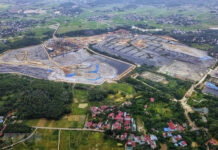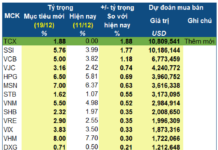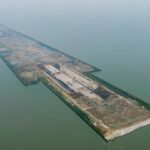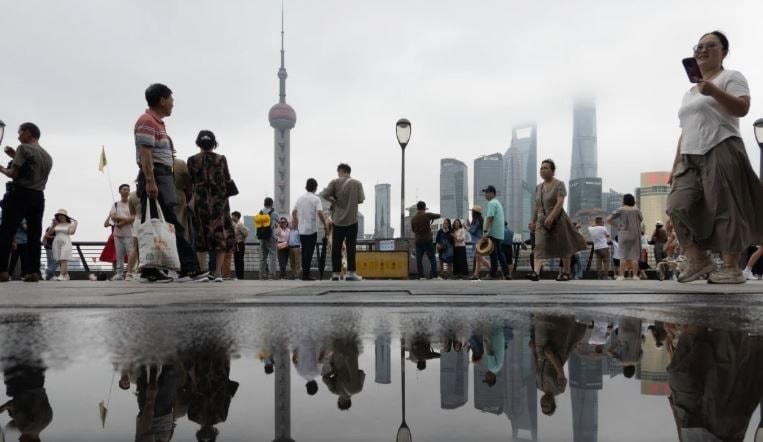
Shanghai, the epitome of China’s modernization, faces a stark paradox: the fastest-growing city is also sinking at an alarming rate. A study published in Nature by British, American, and Chinese scientists reveals that sea levels along China’s eastern coast are rising faster than at any point in the last 4,000 years. Simultaneously, Shanghai is subsiding due to human activities, creating a “double blow” that threatens to reshape Asia’s economic landscape and disrupt global supply chains reliant on this bustling port city.
The South China Morning Post highlights that sea levels around China’s coast are rising ten times faster than pre-industrial rates, primarily due to melting ice and ocean thermal expansion. Meanwhile, Shanghai, built on the soft sediments of the Yangtze River Delta, is sinking by an average of 6 mm annually—far exceeding global sea-level rise. Researchers warn that the combined effect of these trends exponentially increases flood risks, turning heavy rains or summer storms into urban catastrophes that could cripple transportation, energy, and industrial systems.
As the world’s largest port, handling over 47 million containers annually, Shanghai is China’s export powerhouse. Even a brief halt in operations could bottleneck global supply chains, affecting industries from electronics to automotive manufacturing. Under a scenario where sea levels rise by 30 cm—a projection for the coming decades—key industrial zones in Pudong, Minhang, and Jiading would face chronic flooding. The World Resources Institute estimates that without intervention, 17% of Shanghai’s urban area could be submerged by century’s end.
Shanghai’s subsidence is not natural but a direct consequence of rapid development. Decades of groundwater extraction and dense high-rise construction on weak soil have caused irreversible land sinking. Despite government restrictions on groundwater use since 2010, the ground continues to subside due to geological inertia. Scientists call this urban subsidence a “silent wound”—less dramatic than earthquakes or hurricanes but equally devastating to a city’s natural defenses.
The stakes are higher because Shanghai is not just home to 25 million people but a linchpin of the global economy. From Pudong’s manufacturing hubs to logistics centers along the Huangpu River, multinational giants like Tesla, Apple, and Siemens rely on its infrastructure. If the city sinks, global supply chains will falter.
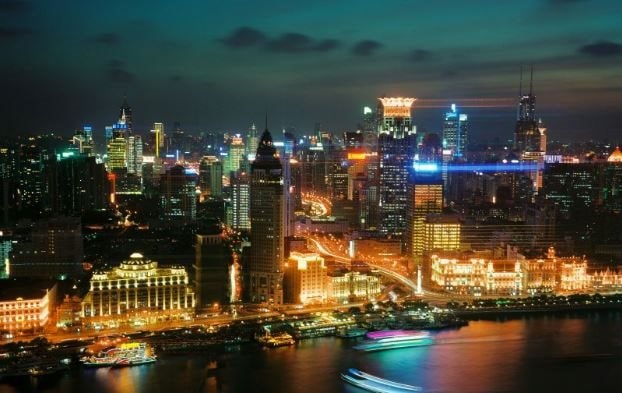
This crisis echoes across coastal megacities like Bangkok, Jakarta, Tokyo, and New York, all grappling with the dual threats of rising seas and human-induced subsidence. As Cosmos magazine notes, “the convergence of natural and man-made forces is turning coastal metropolises into the new weak links of the global economy.”
In Jakarta, Indonesia plans to relocate its capital due to a 10 cm annual sink rate; Bangkok is investing billions in flood barriers. Shanghai, with its dense population and economic clout, risks becoming the next epicenter of urban environmental crisis without adaptive strategies.
Experts urge urgent measures: restricting groundwater extraction, building sea walls and reservoirs, deploying real-time subsidence monitoring, and rezoning riverfront industries to be water-resilient. Yet these solutions are costly and require coordination among governments, businesses, and the international community.
China has spent over $14 billion in the past decade on subsidence control and coastal protection, but Reuters reports that sea-level rise may outpace predictions, demanding nationwide adaptation efforts. Shanghai’s plight symbolizes the trade-offs of development: its four-decade ascent to Asia’s financial hub has come at the cost of its physical foundation. The price of rapid urbanization and resource exploitation now looms beneath its skyscrapers.
“Human-induced subsidence and rising seas are no longer parallel lines—they intersect where hundreds of millions live,” the Nature study warns.
BIDV CEO: All Banks Aiming for Credit Growth
BIDV’s CEO, Mr. Le Ngoc Lam, asserts that Vietnam’s current interest rate landscape is highly competitive compared to regional and global standards. This favorable environment, coupled with the State Bank’s unrestricted credit limits, presents an opportune moment for businesses to ramp up their investments.
The Secret of Taihu Tunnel: China’s Underground Mega Project
The breathtaking Taihu Tunnel captivates visitors with its innovative design and cutting-edge technology, providing a direct link between Shanghai and Nanjing.
The Ultimate Residential Project: Unveiling the Truth Behind the Crumbling Roads
The residential construction project in Long Bien Ward, Long Bien District, Hanoi, has caused significant damage to the Co Linh road. The project developer has been fined VND 180 million for their negligence, with authorities taking a firm stance to ensure the safety and integrity of the district’s infrastructure.














